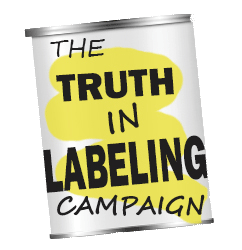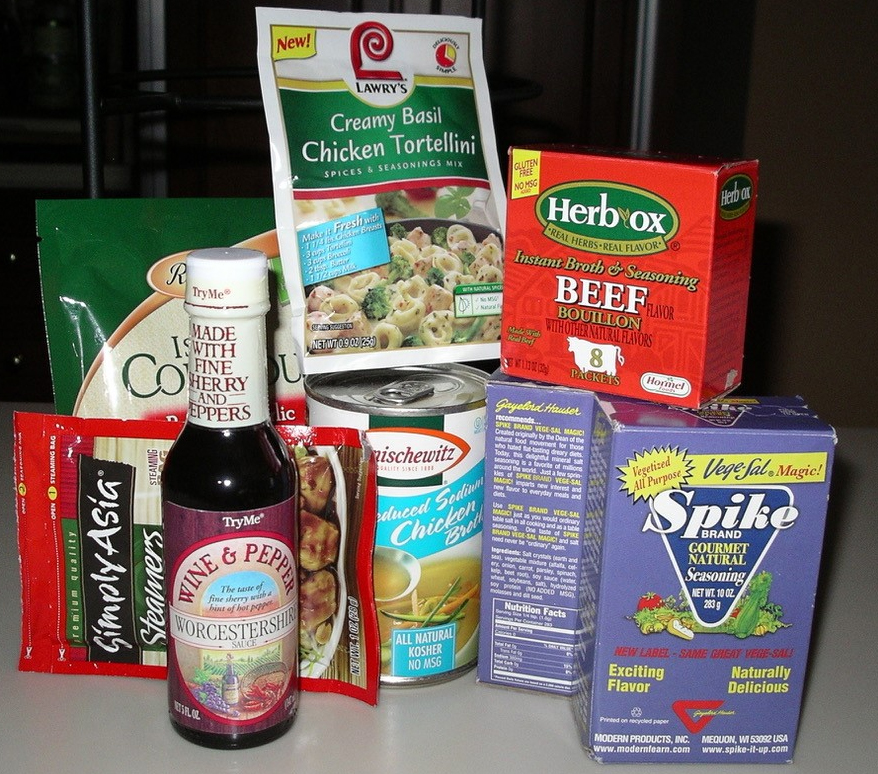How do you know if a food you’re intending to eat contains risky food additives?
Here’s an easy tip: if it comes in a box, bottle, or can, it likely has MSG in it. And if not MSG, then one of the 40 or so other flavor enhancers or fake proteins that contain the excitotoxic glutamic acid found in MSG.
To get an idea of how much MSG and MfG (manufactured free glutamate) is being promoted for use in processed foods, take a look at what the FDA calls a “Standard of Identity” (SOI), which are rules established to define what makes up a particular processed food.
There are over 280 of these regulations covering everything from canned mushrooms to tomato sauce to beef stew. They are said to be in the “interest of the consumer” to provide them with a “reasonable definition” and a “reasonable standard of quality.”
Here’s an example: in the SOI for canned green beans, corn, peas, asparagus, artichokes, lima beans, beets, cabbage, kale, mushrooms and many more, monosodium glutamate, hydrolyzed vegetable protein and autolyzed yeast extract (the last two being prime sources of MfG) are prominently listed as “safe and suitable” optional ingredients.
Along with those “safe” additives, Disodium inosinate and Disodium guanylate are also permitted ingredients in all those veggies. Those two additives work synergistically with MSG and are always a tip-off to the presence of MSG in a food.
The more you know the more you’ll begin to notice that the FDA seems to bend over backwards to promote the use of MSG.
If you have questions or comments, we’d love to hear from you. If you have hints for others on how to avoid exposure to MfG, send them along, too, and we’ll put them up on Facebook. Or you can reach us at questionsaboutmsg@gmail.com and follow us on Twitter @truthlabeling.


